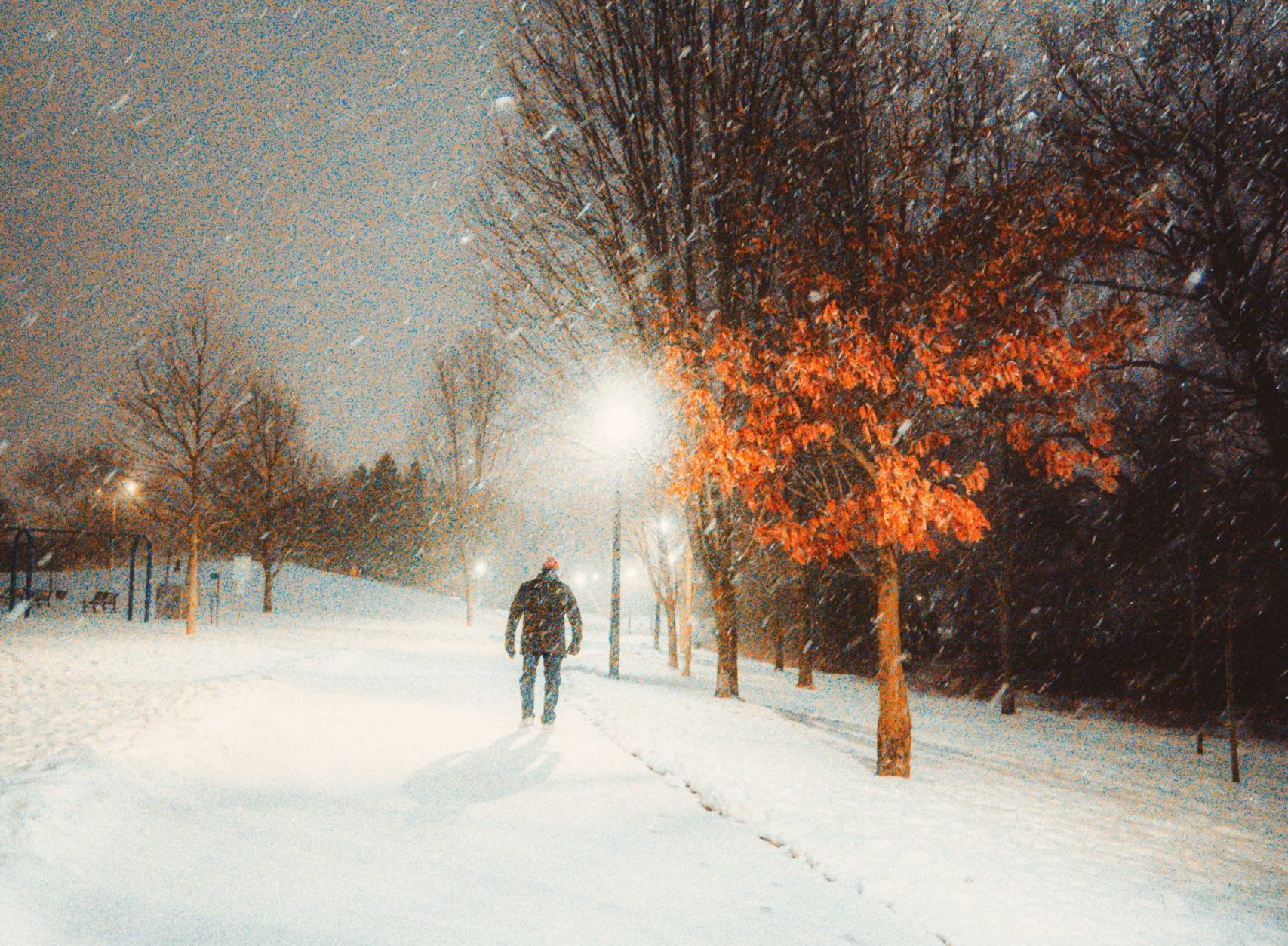Preparation for natural disasters is one of the most important but least-considered aspects of a healthy life. Devastating weather events happen several times throughout the year, but people often forget to plan for them. From severe thunderstorms to wildfires, knowledge and preparation will help keep you and your loved ones safe during an emergency event.
Supply Kits
There are a few different supplies that are useful no matter what the disaster event is. Having an emergency kit ready in these situations will inevitably be of enormous help. Essential items are listed below, but there are more helpful ideas available at ready.gov.
- Water and food: Have a gallon of water available per person per day, as well as a three-day supply of non-perishable food.
- Flashlights, radio, NOAA weather radio with tone alert: Keep in mind, these items also require batteries, so ensure that there are extra batteries in the disaster kit or that they are already at full charge beforehand.
- First aid kit, moist towelettes/disinfectant wipes, and garbage bags: Medical equipment might be obvious, but sanitation is also key to staying healthy during a disaster or resulting black-out. If you are forced to move locations and have the time, remember to grab a change of clothes!
- Masks: In situations where sanitation might be limited, bring a few masks to keep yourself and others safe from illness.
- Cell phone with charger and battery: A Portable charger at full power will keep all-important mobile devices ready for use when it might be challenging to use other forms of communication.
Additionally, making sure to have a whole week’s worth of any medications or treatments that an older adult might need is critical, especially if travel becomes limited or impossible. In a storm, power outages may prevent the use of medical equipment that requires electricity. If an older adult uses oxygen, bi-pap, or c-pap machines, then consider getting a generator.
Planning Ahead
Planning for natural disasters, even during calm weather, saves lives and prevents injury. Ensuring that there are supplies in the house will be the first step to guaranteeing that older adults and other vulnerable populations are safe.
The second step is to check in with older adults living alone and check that they have a strong support network near them. If friends and family are not available, reaching out to local emergency response organizations or faith-based organizations is a good option. Even the local fire department will be helpful. Using these resources, older adults can coordinate possible evacuation or checkups in the event of a disaster.
In the event of a fire or flooding, escape routes out of their house will be invaluable. Finding the fastest way out of the house and out of the neighborhood can save lives. Practice escape drills with older adults every six months with them, their family and a caretaker. At that time, also check on smoke detectors to make sure the batteries are powered.
Different natural disasters require different preparations.
- Tornadoes/hurricanes: First and foremost, an NOAA Weather Radio will provide the earliest warning of an incoming weather event, so keep one nearby and stay on the lookout for early warning signs. Preparing for either a tornado or a hurricane should include fortifying the house. If possible, having family or friends come over to board windows beforehand will prevent damage. Additionally, arrange a means of evacuation or designate a safe room in the house’s interior to stay safe and away from any glass.
- Winter storms: The best way to prepare for a winter storm is to make sure that it’s possible to stay in the house alone for multiple days since roads will likely be closed. To protect older adults from afar, make sure there’s a neighbor who can be called upon to provide or locate medical assistance. Remember, icy roads may block close relatives from helping. Preparing for potential power outages is also essential. Keeping spare blankets, insulated clothes, and alternative heat sources on hand is a good idea, as is stocking up on non-perishable food and bottled water. Pre-arranging for clearing driveways or walkways can also decrease the time to get help after the storm has passed.
- Floods: If possible, hire an electrician to move all electrical components to a foot above the house’s projected flood level and disconnect all electrical appliances to prevent the possibility of electric shock. In general, knowing how and being ready to turn off utilities like power, water, and gas are also necessary measures.
With any natural disaster, early preparation and communication is critical and keep loved ones, especially older adults, safe and healthy.




